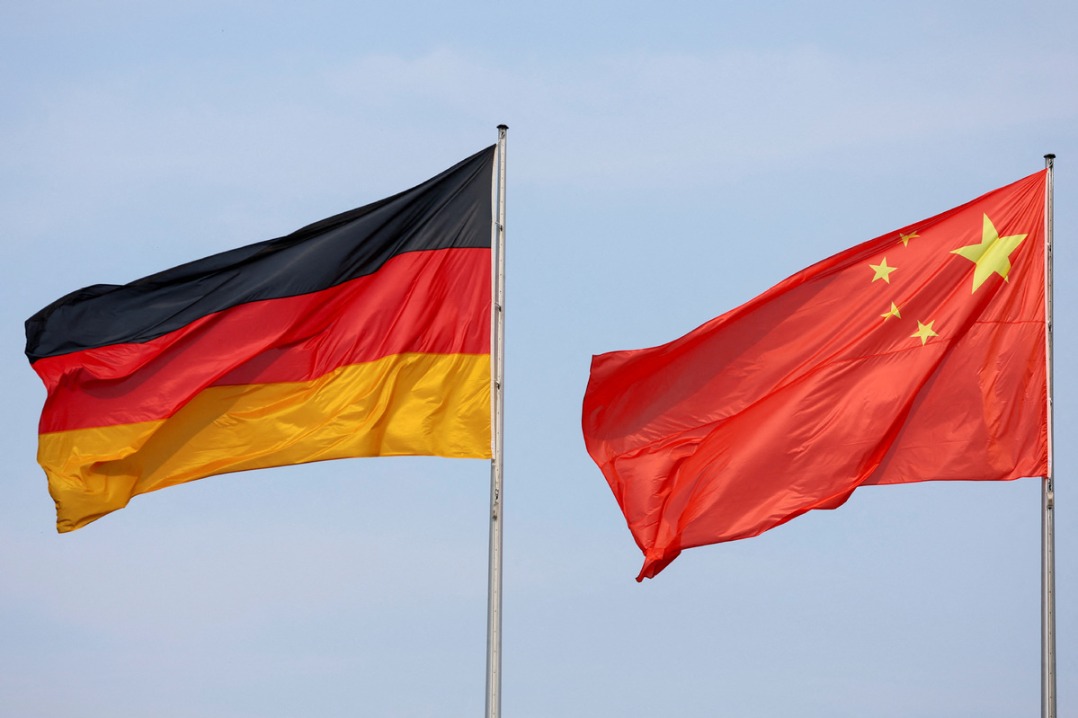40 years on: Hohhot’s achievements in healthcare reform


A doctor sees a patient as part of a volunteer medical program in Hohhot, North China's Inner Mongolia autonomous region, Feb 28. [Photo/VCG]
Over the last 40 years of reform and opening-up, Hohhot in Inner Mongolia autonomous region has successively formulated and implemented more than 40 healthcare policies to address problems in public medical treatment.
In recent years, Hohhot has integrated the medical care system for urban residents with a new rural cooperative system.
In 2017, Hohhot saw over 98 percent of its population included in a basic medical care system, and its medical reimbursement rate reached 70 percent.
In addition, a five-pronged approach was implemented to address rural poverty by integrating the basic medical care system, critical illness insurance, medical assistance, supplementary insurance and a special relief fund.
Hohhot has continued to stop price markups on drugs at public hospitals to ease the financial burden on patients.
Since 2009, the city's basic drug system has been implemented and reformed at primary-level medical and healthcare institutions. In 2014, a pilot reform was launched in eight public hospitals across the area. In 2015, the reform was carried out in 52 public hospitals.
At present, all public hospitals in the city have already abolished markups on pharmaceuticals. All public hospitals now offer an immediate settlement service for medical insurance. The city also continues to improve the drug purchase system in public medical institutions.
From October 1, 2017, all public medical institutions launched the "two invoices system" under which only two invoices are issued in the entire medicine purchase chain – one by the manufacturer to the distributor, and the other by distributor to medical service providers. This reduces the price of medicines.
In addition, Hohhot increased the service quality at primary-level medical institutions by increasing the technical strength of large public hospitals, optimizing the allocation of medical resources and allowing more immediate treatment.
By May 2018, there were six medical groups, 38 specialist alliances, five remote collaboration networks, six trusteeship medical treatment communities, 37 high-level medical treatment communities, and 10 regional medical treatment communities, which link 282 medical institutions across the city. Nine banners, counties and districts have established cooperative relations with tertiary hospitals.
Hohhot has recruited 500 doctors and nurses for hospitals in rural areas. These doctors regularly visit 232 villages and provide services to 27,700 people in remote and poverty-stricken areas.
The government also established offices for these doctors in 25 residential communities, benefiting more than 80 percent of the permanent residents in urban areas.
In 2018, 10 more community-level healthcare centers will be built in the city, and the government will also add 10 more offices for doctors in township hospitals.
Since 2016, contracted family doctor services have been promoted in Hohhot. The services focus on the elderly, pregnant women, infants and children, and patients with chronic diseases, aiming to establish stable relationships between general practitioners, doctors and residents.
Statistics show that family doctors in the city have covered 1.21 million people, with the contract signing rate reaching 43.95 percent.
MOST POPULAR
- 1 A look at China's economy in Q1 of 2024
- 2 China to remove foreign ownership restrictions in value-added telecom services in pilot areas
- 3 Query service of A Guide to Working and Living in China as Business Expatriates launched
- 4 Clear negative lists to speed up services trade
- 5 Canton Fair opens in China with surge in overseas purchasers
Editors' Picks
 Infographic:
How to understand China's production capacity
Infographic:
How to understand China's production capacity
 Infographic:
Milestones of China's journey to space
Infographic:
Milestones of China's journey to space
 Infographic:
A look at China's economy in Q1 of 2024
Infographic:
A look at China's economy in Q1 of 2024
 Infographic:
China to remove foreign ownership restrictions in value-added telecom services in pilot areas
Infographic:
China to remove foreign ownership restrictions in value-added telecom services in pilot areas
 Infographic:
2023 Sino-German investment and trade in numbers
Infographic:
2023 Sino-German investment and trade in numbers


